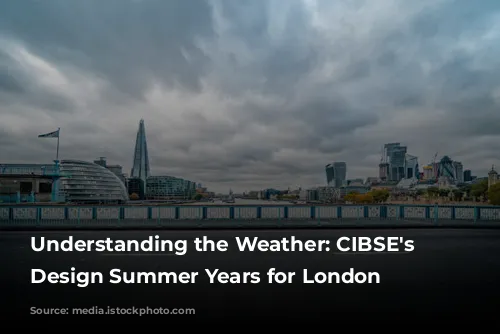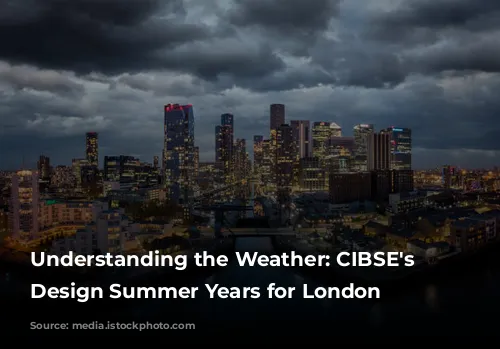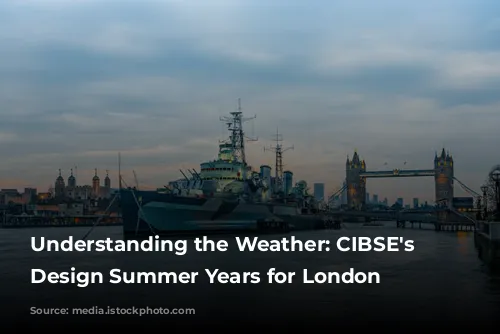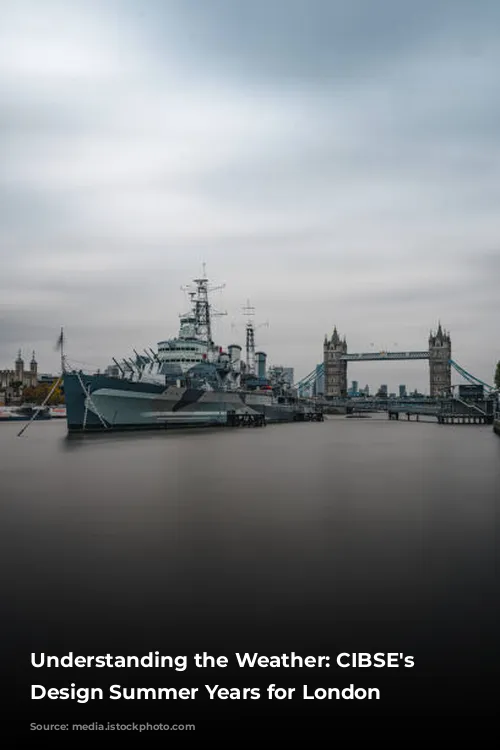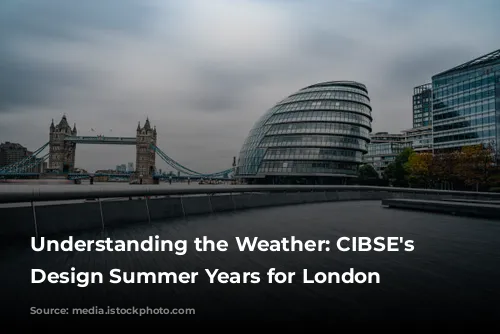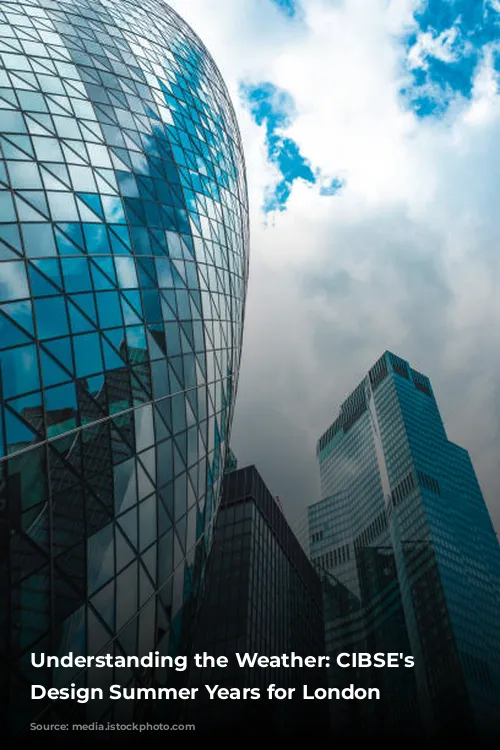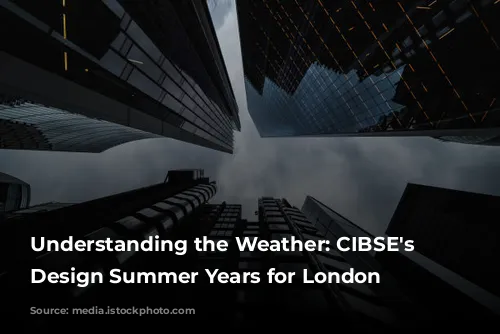Imagine building a house in London. You want to make sure it stays comfortable, especially during the hot summer months. To do that, you need accurate weather data to predict how hot it will get. That’s where CIBSE’s Design Summer Year (DSY) weather files come in.
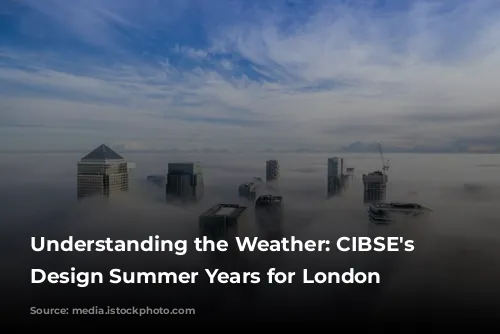
What are TRY and DSY Weather Files?
CIBSE (Chartered Institute of Building Services Engineers) provides weather data for the UK construction industry. They offer two types of weather files: Test Reference Year (TRY) and Design Summer Year (DSY).
TRY files represent a typical year, averaging 20 years of weather data. They help estimate energy consumption in buildings under normal conditions.
DSY files, on the other hand, represent a specific year with a hot summer. They help designers simulate building performance during a warm period. The DSY is a continuous twelve-month sequence of hourly data, chosen from the 20-year dataset.
For example, the London DSY weather file is the actual weather recorded in 1989, which was a warm year.
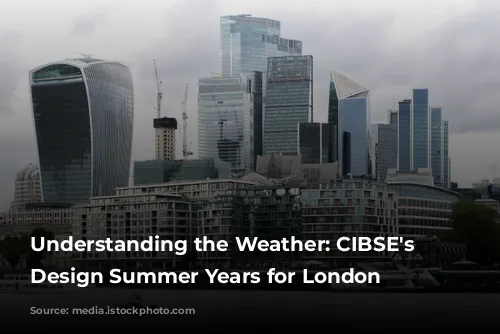
London’s Unique Heat Island Effect
London has a unique problem: the urban heat island (UHI) effect. This means that the city center is significantly hotter than surrounding areas due to concrete and asphalt absorbing heat.
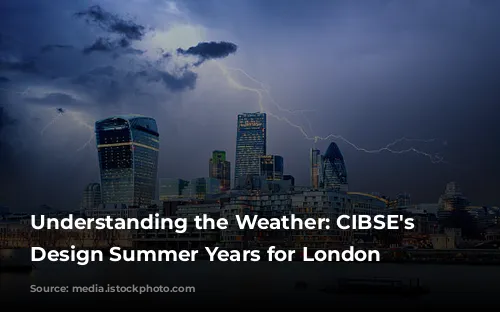
CIBSE’s New Design Summer Years for London
In 2014, CIBSE released Technical Memorandum TM49, which addressed the suitability of the DSY in London. The study concluded that the existing DSY was not extreme enough for overheating assessments in London, and recommended using warmer weather data.
TM49 also emphasized the importance of considering the UHI effect. It recommended using different DSYs for different locations within London:
- London Weather Centre (LWC) data for central London
- Heathrow data for urban and suburban areas
- Gatwick data for rural areas
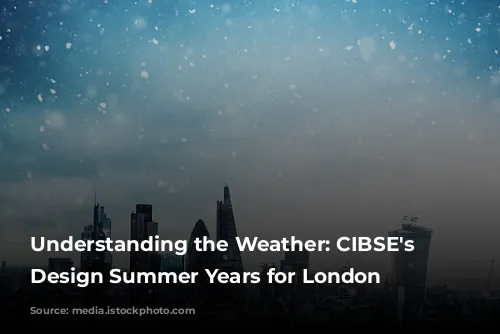
The Impact of the New DSY Files on Building Design
A study by researchers at University College London and CIBSE found that using the new DSY files significantly impacted overheating assessments in London.
The study showed that even with thermal mass and night cooling, buildings in urban areas experienced higher temperatures than those in rural areas. The difference was especially noticeable at night, with the urban heat island effect causing temperatures to stay higher.
The study also highlighted the importance of using adaptive thermal comfort models for overheating assessments. These models consider the running mean outdoor temperature, allowing for higher internal temperatures in warm climates.
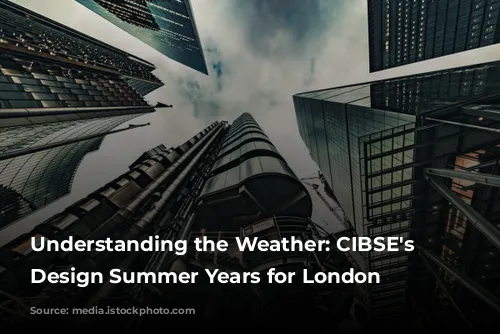
Conclusion
CIBSE’s new Design Summer Years for London provide more accurate and realistic weather data for building design, considering the unique challenges of the urban heat island effect. By using these new files and incorporating adaptive thermal comfort models, designers can create buildings that are more comfortable and energy-efficient, especially during hot summers.
As designers and builders, we must embrace these advancements and ensure that our buildings are prepared for the challenges of a changing climate.
